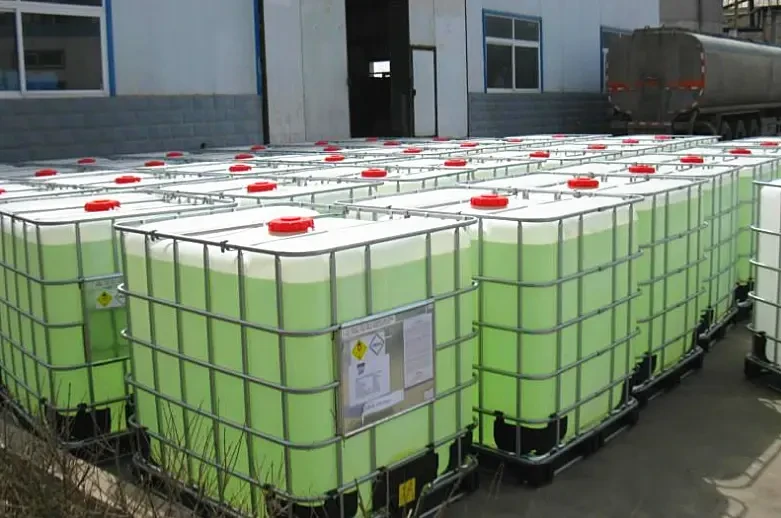Chemical Treatment of Cooling Tower Water
Cooling towers are essential components in many industrial and commercial cooling systems. They primarily function to dissipate waste heat into the atmosphere by cooling down water that has been heated by various processes, such as in power plants, HVAC systems, and manufacturing facilities. However, the efficiency of cooling towers can be adversely affected by the build-up of scale, corrosion, and biological growth. This is where chemical treatment becomes vital.
Chemical treatment of cooling tower water involves the addition of specific chemicals to manage and mitigate these issues. The primary objectives of chemical treatment are to control scale formation, inhibit corrosion, prevent microbiological growth, and ensure optimal operational efficiency. These treatments can significantly enhance the longevity of cooling tower systems and reduce maintenance costs.
Scale Formation Control
As water evaporates in cooling towers, the concentration of dissolved solids increases, which can lead to scale formation. Scale deposits, primarily composed of calcium carbonate, calcium sulfate, and silicates, can coat heat exchange surfaces, reducing heat transfer efficiency and increasing energy consumption. To combat this, scale inhibitors—such as polyphosphates, phosphonates, and silica-based compounds—are often added to the cooling water. These substances work by interfering with the crystallization process of scale-forming minerals, keeping them in solution and preventing precipitation.
In addition to applying scale inhibitors, regular monitoring of water chemistry is crucial. This helps ensure that the concentration of scaling compounds remains within acceptable limits, and adjustments can be made as needed. Utilizing techniques such as blowdown (the intentional discharging of a portion of the water in the cooling tower) can also aid in controlling the concentration of dissolved solids.
Corrosion Inhibition
Corrosion is another significant issue in cooling systems, primarily due to the presence of oxygen and electrolytes in water. Corrosive environments can cause severe damage to metal components, leading to leaks, system failures, and costly repairs. To mitigate corrosion, biocides and corrosion inhibitors—such as nitrites, molybdates, and azoles—are commonly used. These chemicals form a protective film on the surface of the metal, minimizing direct contact with corrosive agents in the water.
chemical treatment of cooling tower water

Regular monitoring of pH and conductivity levels is essential for effective corrosion management. Maintaining an optimal pH, typically between 7 and 8.5, helps minimize the corrosion potential and extends the lifespan of metal components. Furthermore, incorporating regular inspections and maintenance of the cooling systems can help identify corrosion-related issues early, allowing for timely interventions.
Microbiological Control
Cooling towers are susceptible to biological growth, including algae, bacteria, and fungi, which thrive in warm, moist environments. Biofilm formation can lead to increased flow resistance and heat transfer inefficiencies, while certain bacteria (e.g., Legionella) can pose health risks to humans. To combat these biological threats, biocides—such as chlorine, bromine, and non-oxidizing biocides—are employed.
Regular microbiological monitoring is critical to ensure the effectiveness of treatment programs. Testing for bacteria levels and implementing a routine cleaning schedule can help maintain a clean system. The choice of biocide must be balanced with environmental considerations and potential impacts on downstream processes.
Conclusion
The chemical treatment of cooling tower water is a critical process that requires careful selection and management of various chemicals to address the challenges of scale formation, corrosion, and biological growth. By implementing effective chemical treatments and maintaining regular monitoring, facilities can enhance the reliability and efficiency of their cooling towers, leading to significant cost savings and improved operational performance.
In summary, proper chemical treatment not only protects the cooling systems from damage but also contributes to environmental sustainability by improving energy efficiency and reducing water consumption. As industries continue to face increasing demands for efficiency and environmental responsibility, the role of chemical treatment in cooling tower operations will undoubtedly remain crucial for the foreseeable future.

